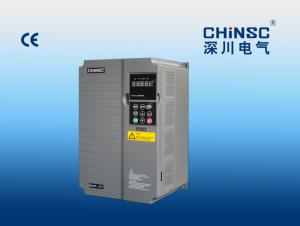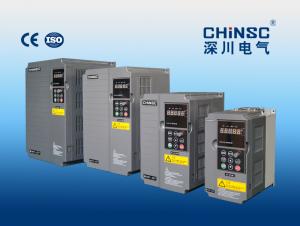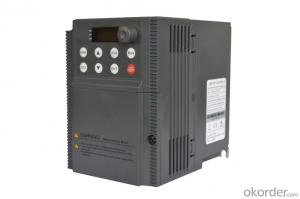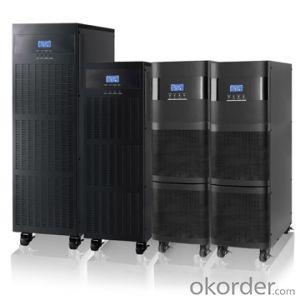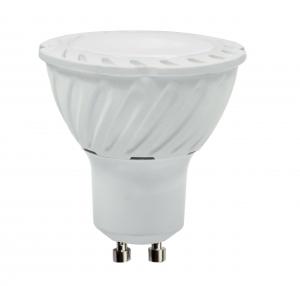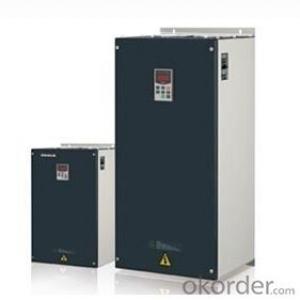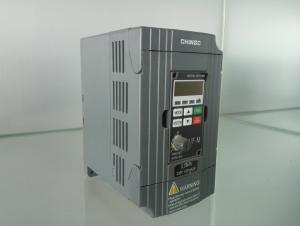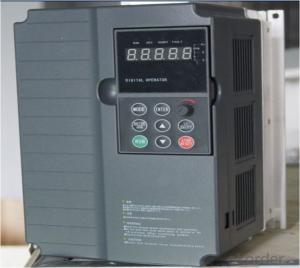Hybrid Solar Inverter 3 Phase
Hybrid Solar Inverter 3 Phase Related Searches
Inverter For Off Grid Solar Ct For Solar Inverter Solar Inverter For Rv Inverter For Solar Quality Solar Inverter Best Solar Inverter In Kerala 3 In 1 Solar Inverter Buy Solar Inverter In Nigeria Pcu Mode In Solar Inverter Igbt In Solar InverterHot Searches
Solar Inverter For Laptop Solar Inverter For Fridge Best China Solar Inverter China 3 Phase Solar Inverter Solar Inverter Supplier In Uae Solar Inverter In Dubai Solar Inverter In Saudi Arabia Solar Inverter In Uae Solar Inverter In Kerala Solar Inverter In Nepal Solar Inverter In Burpengary Solar Inverter In Caboolture Solar Inverter In Chennai Solar Inverter In Lebanon China 10kva Solar Inverter China Solar Inverter 1000kw China Solar Inverter 3kw China 5000w Solar Inverter China 850va Solar Inverter Solar Inverter For FridgeHybrid Solar Inverter 3 Phase Supplier & Manufacturer from China
Okorder.com is a professional Hybrid Solar Inverter 3 Phase supplier & manufacturer, offers integrated one-stop services including real-time quoting and online cargo tracking. We are funded by CNBM Group, a Fortune 500 enterprise and the largest Hybrid Solar Inverter 3 Phase firm in China.Hot Products
FAQ
- To calculate the maximum power point tracking (MPPT) range for a solar inverter, you need to consider the solar panel's voltage and current characteristics. The MPPT range is determined by finding the maximum power output from the solar panel, which occurs at the point where the voltage and current are optimized. This is typically done by using a control algorithm that adjusts the inverter's operating point to track the maximum power point. The range will depend on various factors such as the solar panel's temperature, irradiance, and electrical characteristics.
- No, a solar inverter cannot be used without solar panels. Solar inverters are designed to convert the direct current (DC) electricity generated by solar panels into usable alternating current (AC) electricity for use in homes or businesses. Without solar panels generating electricity, there is no input for the inverter to convert, rendering it useless.
- The role of a solar inverter in maximizing solar panel output is to convert the direct current (DC) produced by the solar panels into alternating current (AC) that can be used to power electrical devices in our homes and businesses. Additionally, solar inverters also ensure that the solar panels are operating at their maximum power point, which allows for optimal energy production and efficiency.
- Yes, a solar inverter can be used with batteries. In fact, many solar energy systems use a solar inverter to convert the DC (direct current) power generated by solar panels into AC (alternating current) power that can be used by household appliances. By integrating batteries into the system, excess solar energy can be stored for later use during periods of low sunlight or at night, providing a reliable and continuous power supply.
- A solar inverter handles harmonics in the grid by incorporating a built-in filter that helps mitigate the impact of harmonics. This filter is designed to reduce the distortion caused by harmonics, ensuring that the inverter's output adheres to the required grid standards. Additionally, advanced inverters may also employ control algorithms that actively monitor and adjust the output waveform to minimize harmonic distortion and maintain grid stability.
- The role of a display interface in a solar inverter is to provide real-time information and control options to the user. It allows the user to monitor the performance of the solar inverter, such as its power output, voltage levels, and error status. The display interface also enables the user to adjust settings, configure parameters, and troubleshoot any issues that may arise. Overall, it serves as a user-friendly tool for managing and optimizing the operation of the solar inverter system.
- Yes, a solar inverter can be connected to a battery backup system. In fact, this connection is essential for storing excess solar energy generated during the day and using it during times when the sun is not shining, such as at night or during power outages. The battery backup system allows for uninterrupted power supply and greater energy independence.
- Yes, solar inverters are generally compatible with different solar panel technologies. However, it is important to ensure that the inverter's specifications and capabilities align with the specific requirements of the solar panels being used. Some inverters may be optimized for certain panel technologies, so it's advisable to consult with manufacturers or experts to ensure compatibility and maximize system efficiency.











